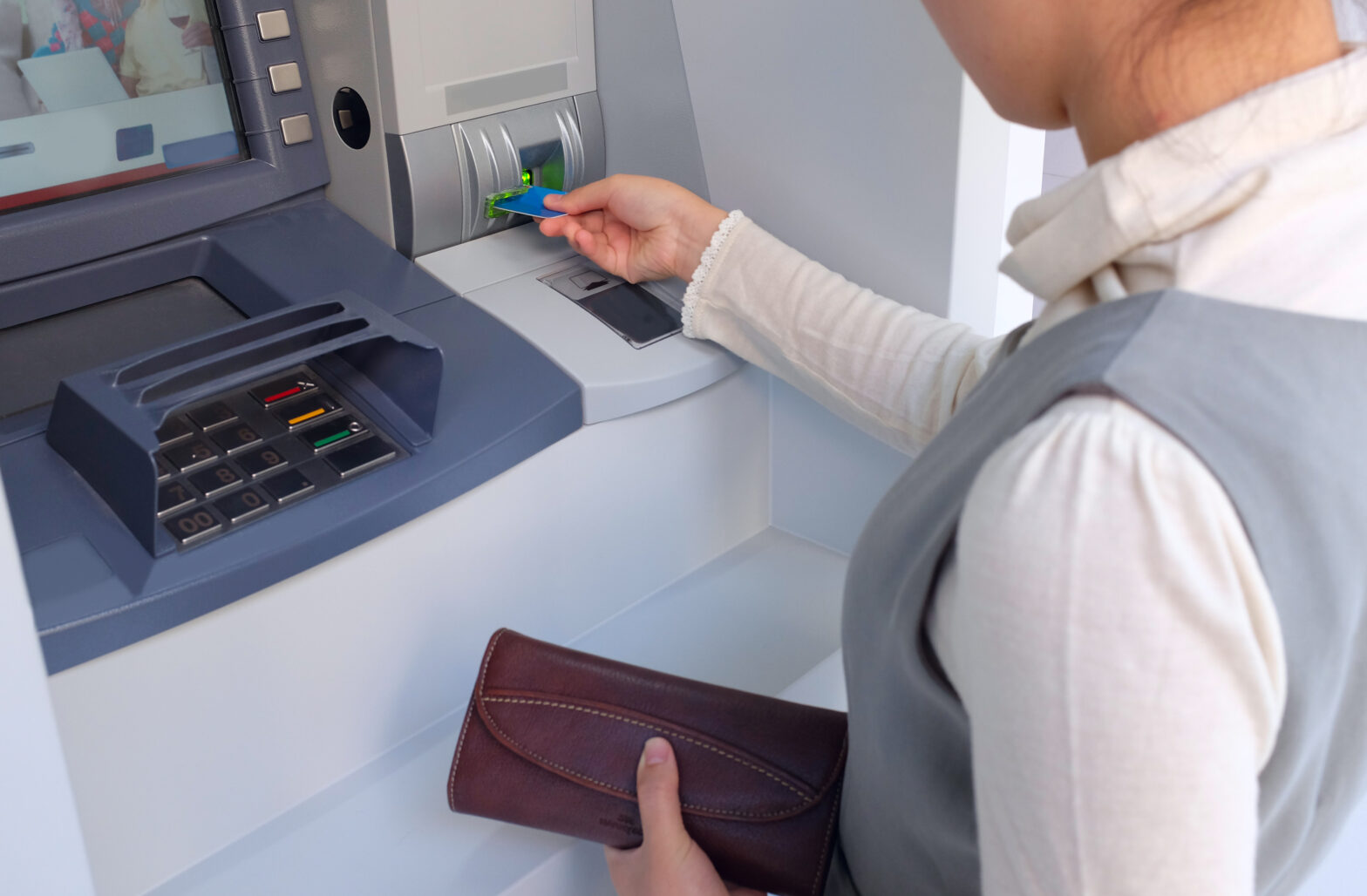Counting out coppers at convenience stores may soon become a thing of the past. According to trade association, Payments UK, debit card and contactless payment use will overtake cash transactions by 2021. This may come as little surprise since cash transactions accounted for less than half of consumer payments for the first time in 2015. With the rising popularity of Apple Pay and Android Pay, is cash still king?
Whether the UK will turn completely cashless remains to be seen, but with more and more transactions taking place with a quick tap of a bank card, standing in line for cash withdrawals may become less frequent.
Today marks the 50th anniversary of the first automated teller machine (ATM). In 1967, John Shepherd-Barron invented a nifty new machine that could provide instant access to cash anywhere in the world without the need of standing in line at a bank. Inspiration struck when he thought of replicating a vending machine.
According to Sophie Guibaud, VP of European Expansion at Fidor Bank, it may be time to bid a fond farewell to ATMs as we mark its golden jubilee. “Now with the ATM turning fifty, it’s time we accepted a new reality that cash has reached its final days and the future is cashless, in more developed countries to start with,” she says.
“Undoubtedly the ATM ushered in a new era in banking and its effect on everyday life can’t be understated. Today you can find an ATM in the farthest flung place in the world, with over three million machines dotted across the globe.”
There are simple reasons why we are moving to a cashless society, not just in the UK but across the world, Guibaud explains. The cost of physical paper and coin cash – handling it, securing it, insuring it – is huge for banks and merchants. It’s inconvenient for consumers, too, as it weighs down their pockets and can easily be stolen, leaving no trace which leads back to its rightful owner.
“There are some issues that need to be addressed before we finally pull the plug on cash, – such as more efficient peer-to-peer payment services and digital point-of-sale systems that are available to retailers large and small, to name but a few,” says Guibaud.
“However, while ATMs should be fondly remembered, thanks to today’s rapid technological advances, we’ll soon feel the same about those days when we carried cash around with us too.”
This infographic below outlines the world’s most digital geographies on their cashless journey.








